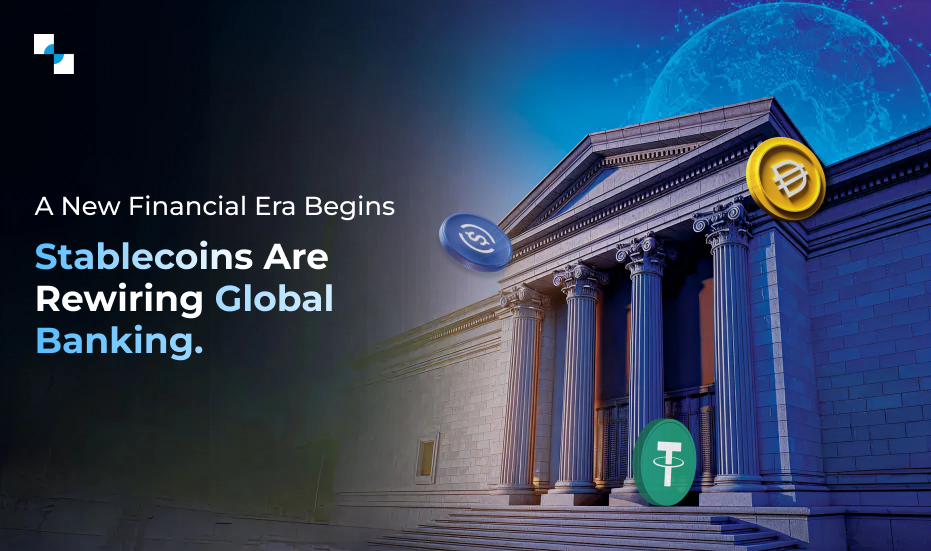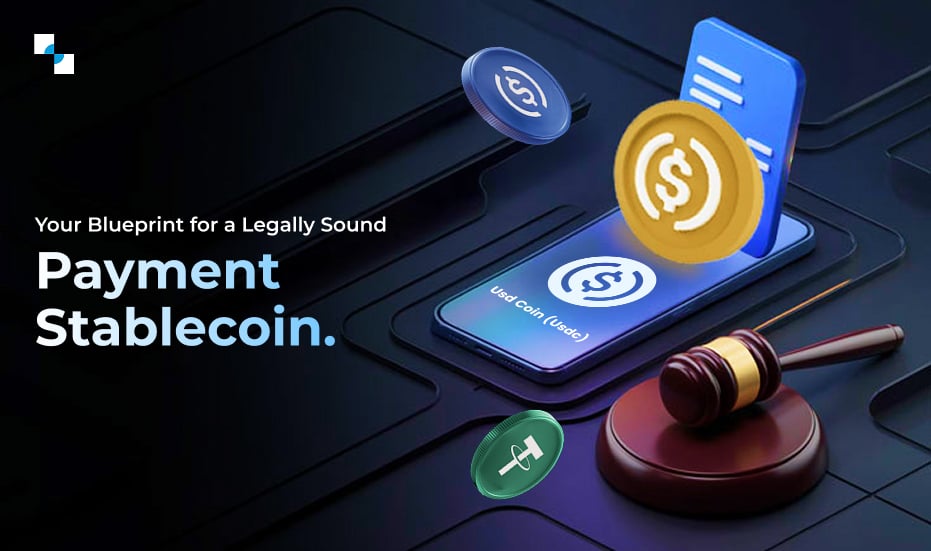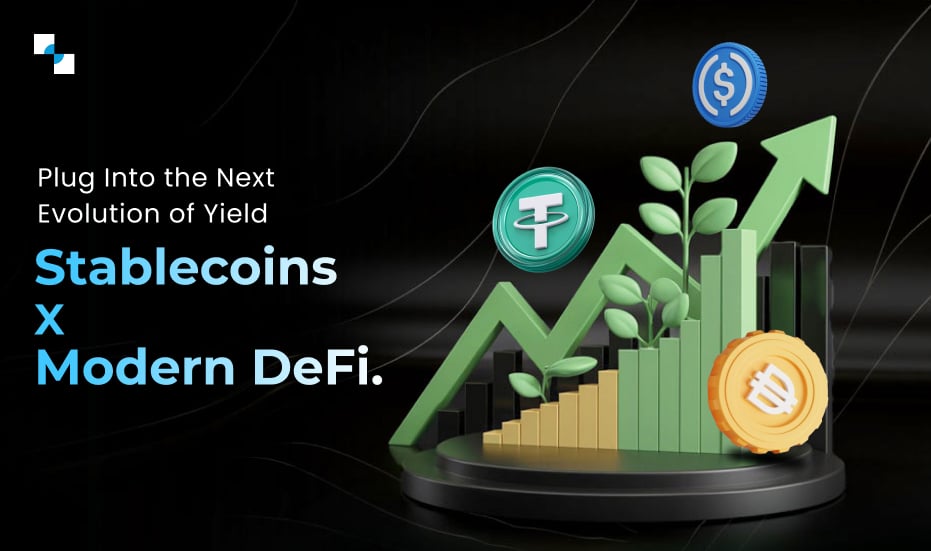Stablecoins have gained significant adoption and utilization globally. One of the most popular stablecoins is a gold-backed stablecoin. Many renowned names like Tether and Paxos have launched their gold-backed stablecoins in response to the growing demand for a digital currency that offers financial freedom.
If you are planning for gold backed stablecoin development, here are the steps that can be followed:
- Identify the purpose of the Gold stablecoin
By definition, gold stablecoins get their backing from tangible gold. However, when it comes to defining the purpose of the stablecoin that is backed by gold, there can be many. For example, a gold-backed stablecoin can be designed as a product for investors or it can be aimed to be used in everyday payments. Thus, the two different approaches would be:
- Digitize the gold and issue stablecoins for immediate use for payments at the point of sale using a payment card (Visa or Mastercard).
- Build stablecoins that represent certain grams of gold. Investors can use these as an investment instrument that is backed by gold. The advantage they get is that they don’t have to deal in physical gold and all the transactions are secured on the blockchain.
- Identify the right platform
Once the purpose is identified, the next step is to identify the ideal platform to build the stablecoin. A look at Cryptoslate stablecoin list reveals that 30 out of 45 stablecoins are built on the Ethereum blockchain. Here are prime reasons why Ethereum is preferred over other blockchains:
- Robust on-chain logic
With robust on-chain logic, Ethereum has proven that it is capable of supporting a robust business model required for stablecoins. It has been the choicest platform of most popular stablecoins like Tether, Gemini Dollar, and Paxos Standard. In early 2020, Tron announced the launch of its gold-backed stablecoin, Tether Gold (XAU₮) on both Ethereum and Tron blockchains.
- Proven Consensus mechanism
For a long time, the Ethereum blockchain has been running on proof-of-work consensus. While the consensus mechanism has been unshakable, it does suffer from scalability issues. However, with ETH 2.0 roll-out, Ethereum will switch to proof-of-stake consensus and that is expected to solve speed and gas issues faced on Ethereum PoW blockchain.
Launch your own Stablecoin
Schedule Free Demo- Token Standard
Ethereum’s ERC-20 token has become a technical standard for token implementation. For example, Tether Gold, the gold-backed stablecoin is an ERC-20 token. ERC-20 tokens are known to enable better trading as they are highly liquid. Along with that, the developer’s task to build a stablecoin on ERC-20 is also simpler.
- Infrastructure support
The ERC-20 token standard has received widespread support. Thus, the stablecoins issued as ERC-20 tokens become easily interoperable with software and hardware wallets that are Ethereum compatible. As a result, such stablecoins gain wider acceptance rapidly.
Undoubtedly, Ethereum based stablecoins have proven to be a huge success. But lately, due to the rising transaction fees, stablecoins built on Tron, EOS, and other blockchains are also attracting higher traction.
- Liquidity management
Improper management of liquidity could lead to systemic instability of a stablecoin. To ensure that the liquidity is maintained, the stablecoin issuer must monitor the daily gold index rates. Thus, the stablecoin development services must ensure that index rates are automatically monitored in the system. Along with that, the issuer must maintain liquidity by directing some part of transaction fee revenue into the liquidity reserve.
- Intuitive user platform
Cryptocurrencies like stablecoins are still daunting territories for many gold users out there. However, the advantages of owning a gold-backed cryptocurrency might soon lure more investors and users to stablecoin platforms. To make sure the adoption of a stablecoin is higher, the learning curve to interact with the coin should not be steep. Thus, it becomes very important to offer the user a very intuitive platform. Whether it is a website or an application, the end-user should be able to use it easily.
- Core platform Development
Once the coin is conceptualized, it is time to develop the smart contract, the actual coin and then launch the stablecoin on the MainNet. Smart contracts need to be designed in a manner to ensure that the system automatically responds to the market demand and supply levels.
Connect with our Subject Matter Experts to Share your Requirements
[widget id=”custom_html-3″]
Complete process of creating a stablecoin
- The stablecoin owner must possess the gold equivalent to the value of a total number of stablecoins that are planned to be minted.
- The gold must be verified and time stamped by a custodian.
- Only after the custodian provides the proof of ownership, the gold-tokens must be minted.
- The gold-backed stablecoin development service provider must ensure the KYC/AML infrastructure support is integrated.
- Development and integration of website/App front-end with blockchain back-end.
At Antier Solutions, we offer complete stablecoin development services – from conceptualization and development of stablecoin to launch and marketing. Whether you want to build a gold-backed stablecoin, crypto-backed stablecoin, or fiat-backed stablecoin, we align our services with your needs to deliver meaningful outcomes.
Connect with our subject matter experts to share your requirements for crypto-backed, fiat-backed, or gold backed stablecoin development.







